Subfamily Thalictroideae | Family Ranunculaceae Scientific name Aquilegia | |
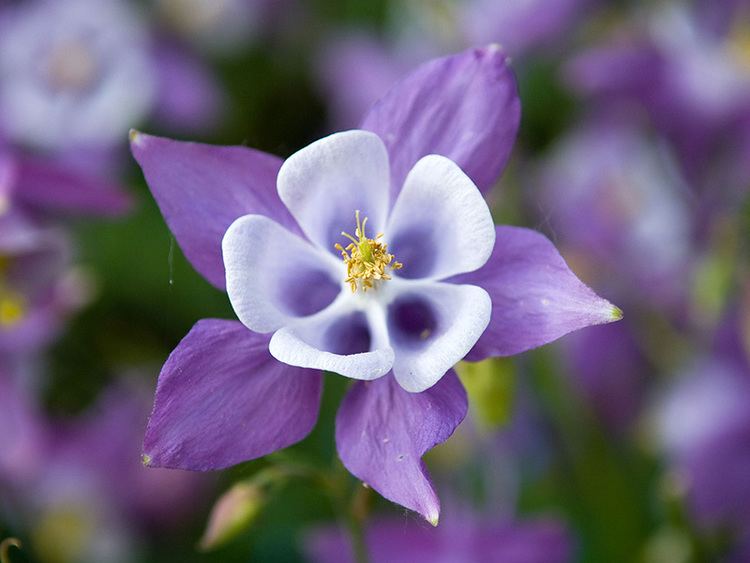 | ||
Lower classifications Aquilegia vulgaris, Colorado Blue Columbine, Aquilegia canadensis, Alpine columbine, Aquilegia chrysantha | ||
Columbine aquilegia species how to grow columbine flowers
Aquilegia (common names: granny's bonnet or columbine) is a genus of about 60-70 species of perennial plants that are found in meadows, woodlands, and at higher altitudes throughout the Northern Hemisphere, known for the spurred petals of their flowers.
Contents
- Columbine aquilegia species how to grow columbine flowers
- Garden plant aquilegia chrysantha golden spur columbine
- Etymology
- Description
- Relatives
- Insects
- Cultivation
- Uses
- Culture
- Evolution
- Species
- Related reading
- References
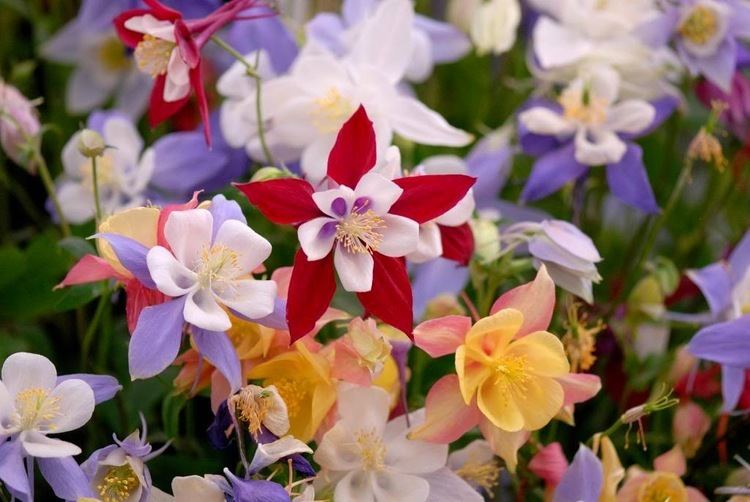
Garden plant aquilegia chrysantha golden spur columbine
Etymology
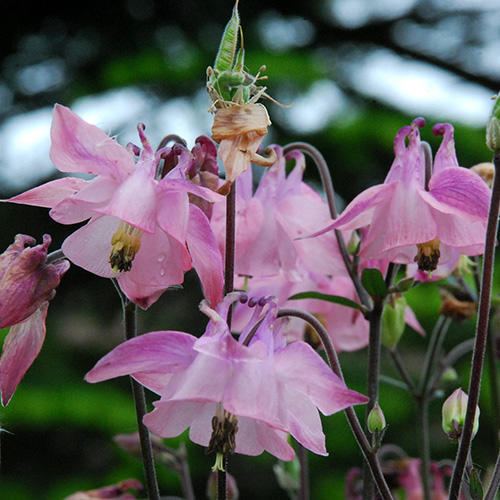
The genus name Aquilegia is derived from the Latin word for eagle (aquila), because the shape of the flower petals, which are said to resemble an eagle's claw. The common name "columbine" comes from the Latin for "dove", due to the resemblance of the inverted flower to five doves clustered together.
Description
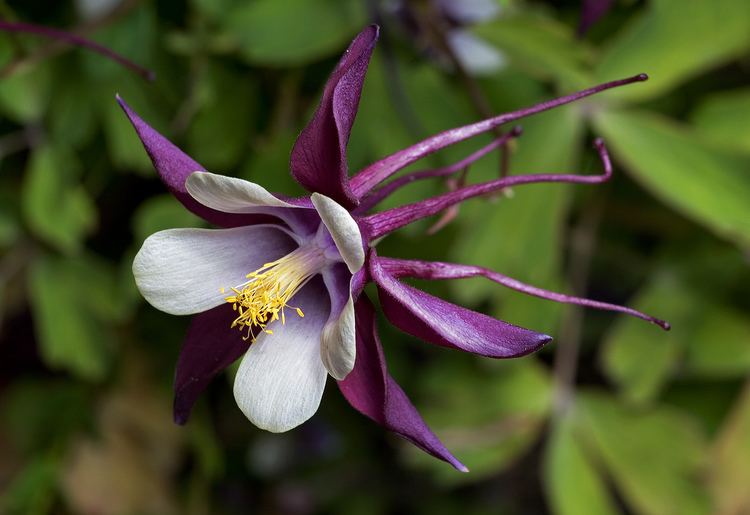
The fruit is a follicle. the five points that stick out further than the petals are the calyx (chalis).
Relatives
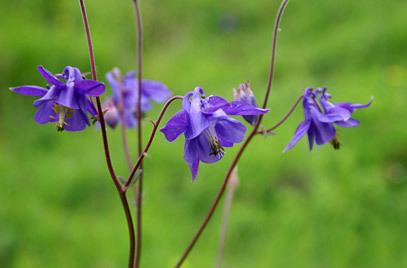
Columbines are closely related to plants in the genera Actaea (baneberries) and Aconitum (wolfsbanes/monkshoods), which like Aquilegia produce cardiogenic toxins.
Insects
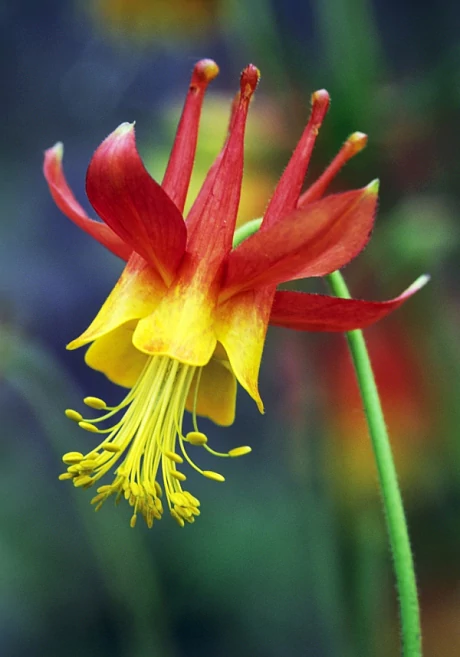
They are used as food plants by some Lepidoptera (butterfly and moth) caterpillars. These are mainly of noctuid moths – noted for feeding on many poisonous plants without harm – such as cabbage moth (Mamestra brassicae), dot moth (Melanchra persicariae) and mouse moth (Amphipyra tragopoginis). The Engrailed (Ectropis crepuscularia), a geometer moth, also uses columbine as a larval foodplant.

Plants in the Aquilegia genus are a major food source for Bombus hortorum, a species of bumblebee. Specifically, they have been found to forage on species of Aquilegia vulgaris in Belgium and Aquilegia chrysantha in North America and Belgium. The bees do not show any preference in color of the flowers.
Cultivation
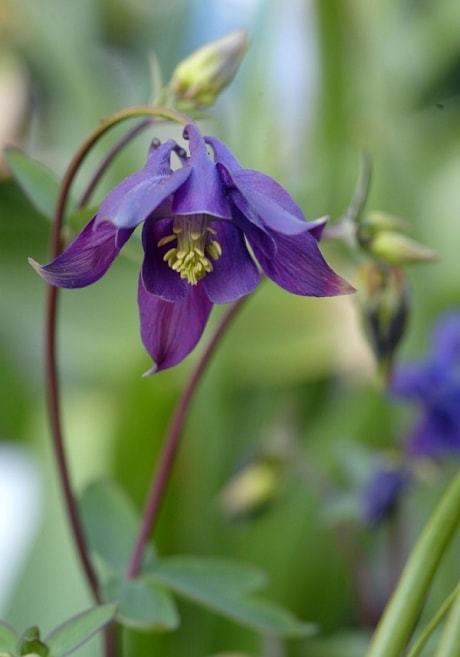
Columbine is a hardy perennial, which propagates by seed. It will grow to a height of 15 to 20 inches. It will grow in full sun; however, it prefers growing in partial shade and well drained soil, and is able to tolerate average soils and dry soil conditions. Columbine is rated at hardiness zone 3 in the USA so does not require mulching or protection in the winter.
Large numbers of hybrids are available for the garden, since the European A. vulgaris was hybridized with other European and North American varieties. Aquilegia species are very interfertile, and will self-sow. Some varieties are short-lived so are better treated as biennials. The following hybrid cultivars have gained the Royal Horticultural Society's Award of Garden Merit:
The British National Collection of aquilegias is held by Mrs Carrie Thomas at Killay near Swansea.
Uses
The flowers of various species of columbine were consumed in moderation by Native Americans as a condiment with other fresh greens, and are reported to be very sweet, and safe if consumed in small quantities. The plant's seeds and roots are highly poisonous however, and contain cardiogenic toxins which cause both severe gastroenteritis and heart palpitations if consumed as food. Native Americans used very small amounts of Aquilegia root as a treatment for ulcers. However, the medical use of this plant is better avoided due to its high toxicity; columbine poisonings may be fatal.
An acute toxicity test in mice has demonstrated that ethanol extract mixed with isocytisoside, the main flavonoid compound from the leaves and stems of Aquilegia vulgaris, can be classified as non-toxic, since a dose of 3000 mg/kg did not cause mortality.
Culture
The Colorado Blue Columbine (A. caerulea) is the official state flower of Colorado (see also Columbine, Colorado).
Evolution
Columbines have been important in the study of evolution. It was found that the Sierra columbine (A. pubescens) and crimson columbine (A. formosa) each have adapted specifically to a pollinator. Bees and hummingbirds are the visitors to A. formosa, while hawkmoths would only visit A. pubescens when given a choice. Such a "pollination syndrome", being due to flower color and orientation controlled by their genetics, ensures reproductive isolation and can be a cause of speciation.
Aquilegia petals show an enormous range of petal spur length diversity ranging from a centimeter to the 15 cm spurs of Aquilegia longissima. Selection from pollinator shifts is suggested to have driven these changes in nectar spur length. Interestingly, it was shown that this amazing spur length diversity is achieved solely through changing cell shape, not cell number or cell size. This suggests that a simple microscopic change can result in a dramatic evolutionarily relevant morphological change.
Species
Columbine species include:
